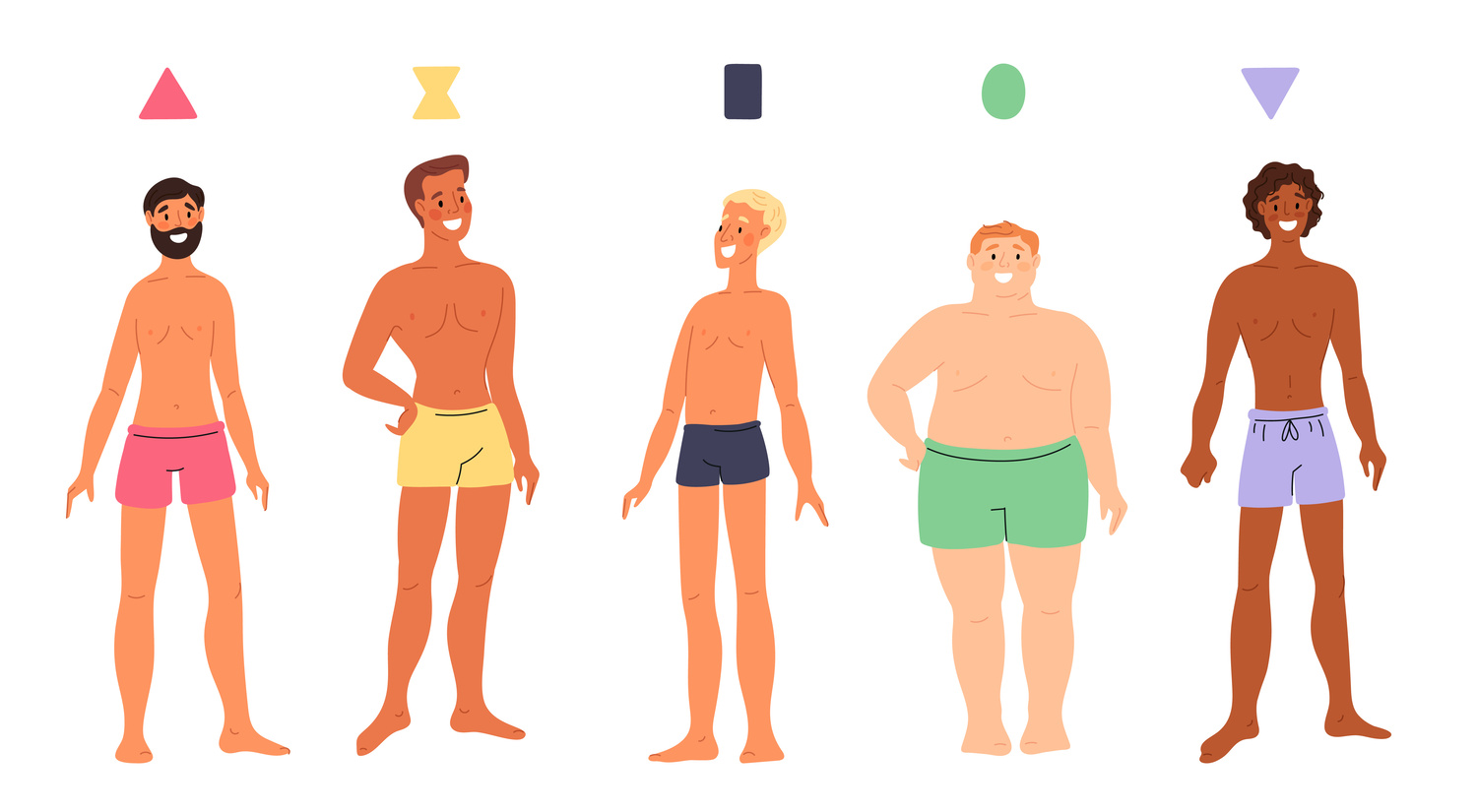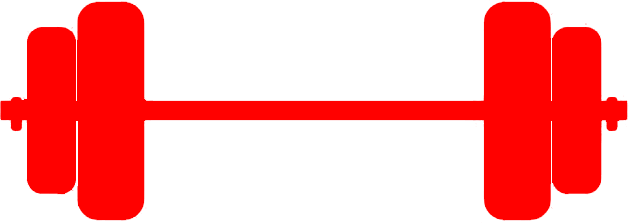A Guide to Understanding the Different Body Types of Men

When it comes to living a healthy and fit life, understanding your body type can play a huge part in finding success. These are the three body types men typically fall into: ectomorph, mesomorph, and endomorph. Each type comes with its own unique set of characteristics, strengths, and challenges.
This guide will break down these male body types and explain how to identify yours. We’ll also provide some fitness and diet tips to help you reach your goals.
Want even more tips? Sign up for ATU Mobile today to get workout routines tailored to your body type and fitness goals.

What Are the Body Types Men Have?
The concept of body types, also known as somatotypes, was developed in the 1940s by Dr. William Sheldon. It examines how someone holds their muscle and fat distribution, and how their metabolism plays a role in that. Here’s a closer look at the characteristics for the three primary male body types, plus two additional types you’ll find in the ATU mobile program.
1. Mesomorph
Mesomorphs have a naturally athletic build. They typically have strong, broad shoulders and a narrow waist. This body type tends to gain muscle easily and have a balanced metabolism.
If your shoulders are 6 or more inches wider than your waist, but your hips and waist are fairly close in circumference—you carry more mass in your upper body and are likely a mesomorph. This body type is called an Inverted Isosceles Triangle in the ATU Mobile program.
2. Endomorph
Endomorphs generally have a round, soft body shape with wider hips. If your shoulders and hips are about the same measurement, but you have a thicker waist you are likely an endomorph. This body type tends to have a slower metabolism which causes them to store fat more easily. In the ATU mobile program, it’s known as an ellipse.
3. Ectomorph
Ectomorphs have a lean and slender build, with narrow shoulders and long limbs. If your shoulders, hips and waist are all about the same measurement, you are probably an ectomorph. This body type often has a fast metabolism, making it more challenging to gain weight and muscle mass. This shape is also called rectangle or extended square in the ATU Mobile program.
4. Narrow Base Trapezoid
Men with a narrow based trapezoid body shape have broad shoulders and a chest that tapers down to a narrower waist and hips. It creates a balanced, V-shaped appearance, although not as drastic as the traditional mesomorph shape.
If your shoulders are 6 or more inches wider than your waist, and your hips are slightly are at least a couple inches more than your waist you are probably a narrow-base trapezoid.
5. Triangle
This body shape has a narrower upper body and broader hips, creating a shape that resembles a triangle. Your waist may be wider or narrower than your hips based on your body fat level, but generally, you tend to carry a little extra weight.
Your waist may be wider or narrower than your hips based on your body fat level, but like an endomorph, you tend to carry a little extra weight. This body type often requires focused workouts to build shoulder and chest muscles to achieve a more proportionate look.
How to Find Your Body Type
Identifying your body type is the first step toward achieving your health and style goals. While many men fall predominantly into one category, it’s common to exhibit traits from multiple body types. Here are some tips to determine your body type:
- Measure Your Frame: Using a tape measure, measure around the fullest part of your shoulders, bust or chest, waist and hips. Use these numbers to evaluate which body type they most closely align with.
- Observe Your Metabolism: Do you gain weight easily, or is it hard to put on pounds even when you increase your calories? This is one indicator of body types for men.
- Evaluate Your Fitness Response: Notice how your body responds to exercise. Do you build muscle quickly, or does it take time? This is another indicator.
Fitness Tips For Men’s Body Types
Understanding your body type can help you set realistic fitness goals. Here are some general exercise tips for each body type:
- Mesomorphs: Combine strength training with cardio to maintain a well-rounded physique. Build upon your workouts in blocks to avoid plateaus. Weave in flexibility and mobility days to help you perform exercises with a full range of motion.
- Endomorphs: Find a balance between strength and cardio exercises. Strength workouts will help to build muscle, while cardio (high-intensity interval training) will help to burn fat and improve endurance.
- Ectomorphs: Focus on strength training with heavier weights and lower repetitions. Allow adequate rest between sets to promote muscle growth. Add in some light cardio days, as well as flexibility and mobility training.
- Narrow Base Trapezoid: Emphasize strength training with heavier weights and lower repetitions. Include some cardio training into your routine to build endurance.
- Triangle: This body type often requires focused workouts to build shoulder and chest muscles to achieve a more proportionate look. Follow a routine with both strength and cardio workouts to create balance.
Diet Tips For Men’s Body Types
Ultimately, the best diet to follow is the one that helps you reach your goals. Below are general suggestions for each male body type, but because people may fall into a few categories, these aren’t hard and fast rules.
- Mesomorphs: Follow a balanced diet with a mix of proteins, carbs, and fats. Adjust caloric intake based on your fitness goals.
- Endomorphs: Opt for a diet low in refined sugars and high in fiber. Focus on portion control and nutrient-dense foods.
- Ectomorphs: This body type can benefit from higher calorie intake with a focus on protein-rich foods, healthy fats, and complex carbohydrates.
- Narrow Base Trapezoid: Emphasize protein-rich foods, healthy fats, and complex carbohydrates to fuel your strength workouts and promote muscle growth.
- Triangle: Follow a balanced diet with a mix of proteins, carbs, and fats. If you are struggling to build upper body muscle, it could be beneficial to increase protein intake.







